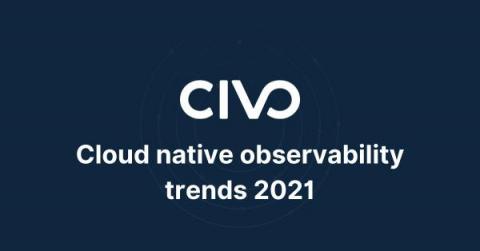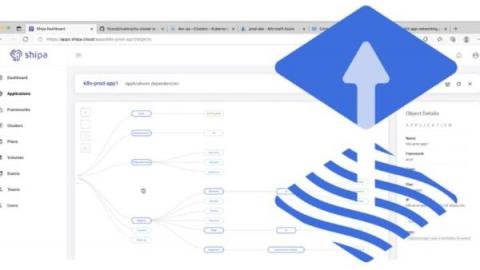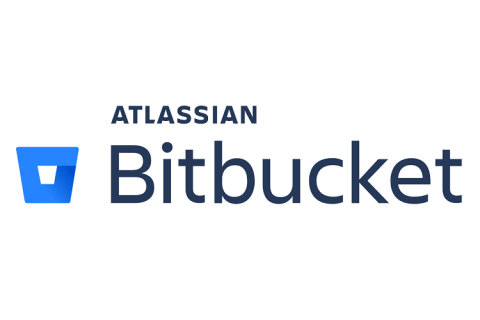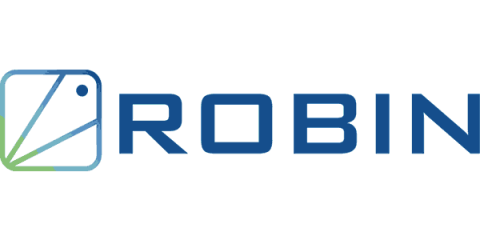Best Practices and Tips for Writing a Dockerfile
Docker is a high-level virtualization platform that lets you package software as isolated units called containers. Containers are created from images that include everything needed to run the packaged workload, such as executable binaries and dependency libraries. Images are defined in Dockerfiles. These resemble sequential scripts that are executed to assemble an image.











